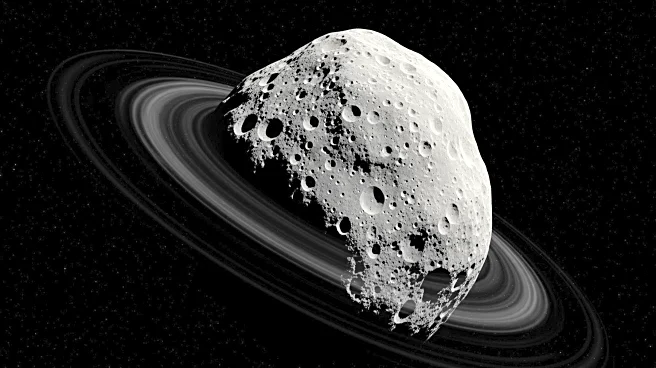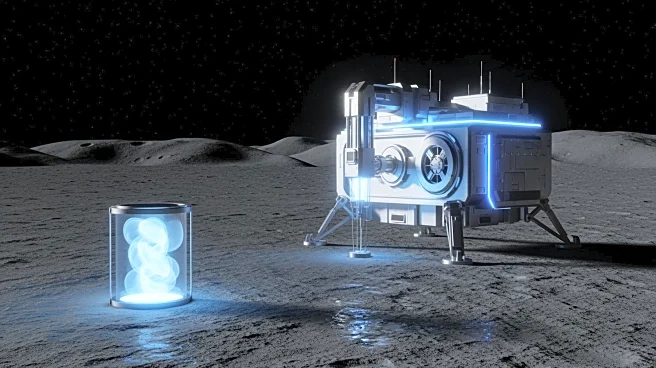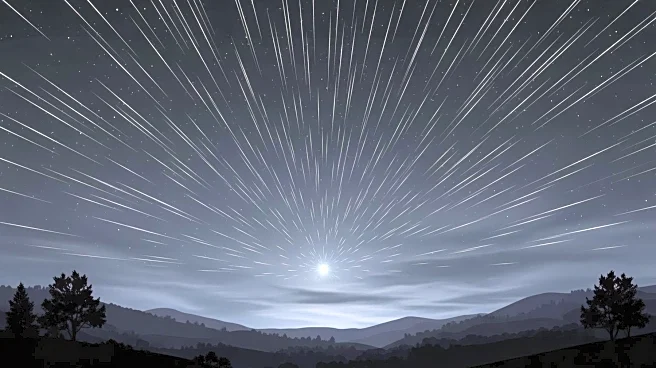What's Happening?
NASA has confirmed the discovery of a new quasi-moon named 2025 PN7, an asteroid approximately 62 feet wide that will accompany Earth for the next 50 years. This quasi-moon orbits the Sun in a path similar
to Earth's, but it is not gravitationally bound to our planet like the Moon. The asteroid was identified through sky surveys that track faint, slow-moving objects. The Minor Planet Center in Cambridge, Massachusetts, validated the discovery and published the orbital data. The quasi-moon's orbit is characterized by a mean motion resonance, which keeps it near Earth without being gravitationally tied. Scientists use these quasi-moons to study orbital dynamics and test space mission technologies.
Why It's Important?
The discovery of 2025 PN7 is significant for scientific research and space exploration. Quasi-moons provide valuable data on how small celestial bodies move in Earth's gravitational environment, helping refine models for stability and close approaches. They offer opportunities to test navigation and sampling techniques for future space missions. Understanding the behavior of quasi-moons can improve risk assessments for meteoroid streams and clarify material movement in the inner solar system. Additionally, these objects can serve as practical targets for rendezvous and return missions due to their predictable paths and low relative speeds.
What's Next?
The quasi-moon 2025 PN7 will remain in Earth's vicinity until around 2083, providing a long-term opportunity for scientific study. Researchers will continue to monitor its orbit and analyze its interactions with Earth's gravitational field. The data collected from 2025 PN7 may inform future space missions and contribute to the development of technologies for asteroid deflection and resource mapping. As scientists probe the quasi-moon's orbital dynamics, they may uncover insights into the effects of solar radiation and planetary tides on small asteroids.
Beyond the Headlines
The presence of quasi-moons like 2025 PN7 highlights the complexity of Earth's gravitational neighborhood and the potential for long-term celestial companions. These objects challenge traditional notions of satellites and offer a unique perspective on orbital mechanics. The study of quasi-moons may reveal new information about the Yarkovsky effect, a phenomenon where sunlight alters the motion of small asteroids over time. Understanding these subtle forces can enhance predictions of asteroid trajectories and inform planetary defense strategies.












